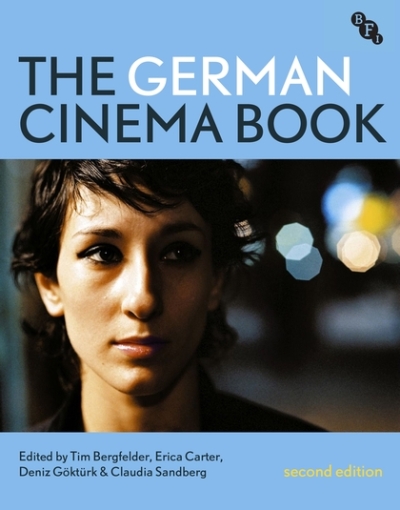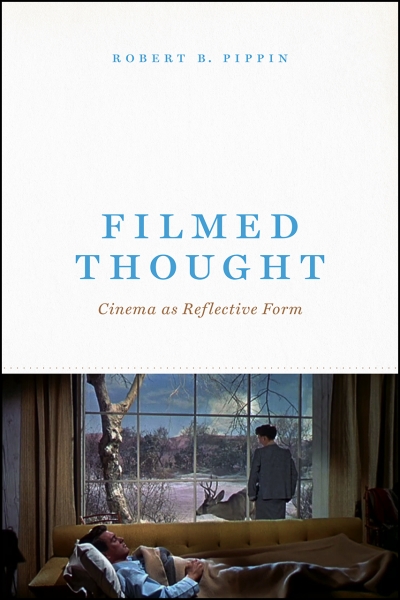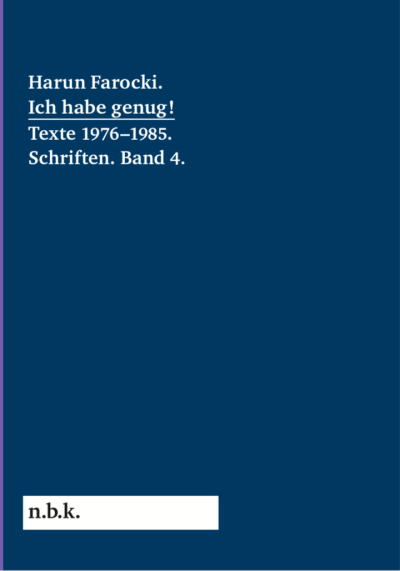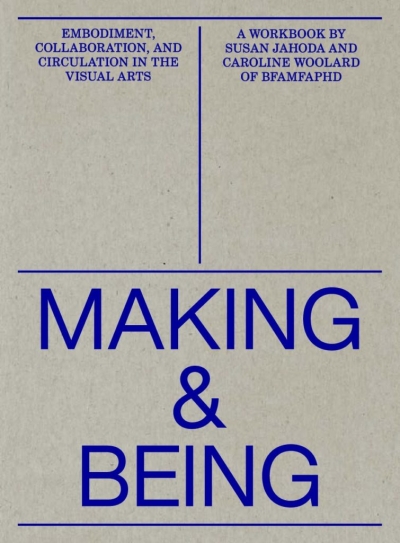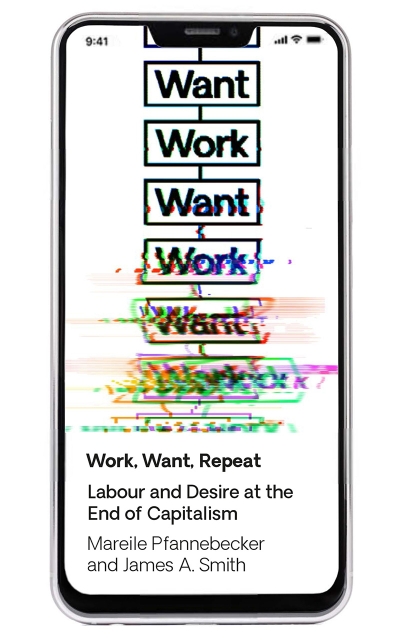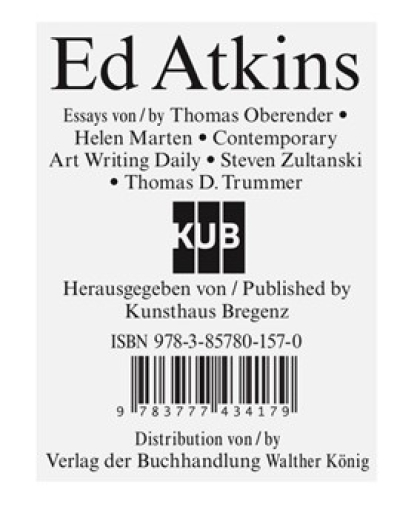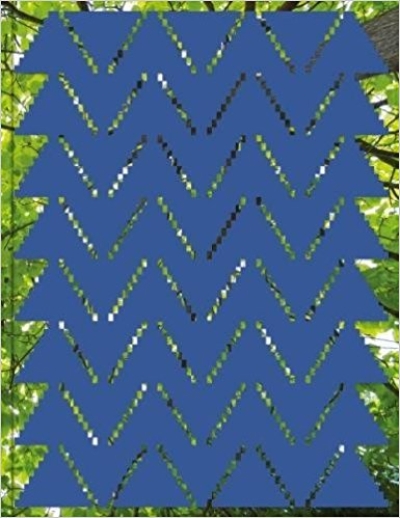
Serpentine Pavilion 2017
Der mehrfach ausgezeichnete Architekt Diébédo Francis Kéré schuf mit einer kühnen, innovativen Konstruktion, die sich mit dem für ihn charakteristischen Sinn für Licht und Leben auf den Rasenflächen der Kensington Gardens erhebt den 17. Pavillon. Inspiriert von einem Baum, der in seiner Heimatstadt Gando als zentraler Treffpunkt im Leben der Gemeinschaft dient, entwarf Francis Kéré einen offen zugänglichen Pavillon, der die Besucher der Natur – und einander – nahebringen möchte. Ein ausladendes Dach, getragen von einem mittig angeordneten Stahlrahmen, ahmt eine Baumkrone nach, lässt die Luft frei zirkulieren und bietet zugleich Schutz vor dem Londoner Regen und Sommerhitze.
Inspired by the tree that serves as a central meeting point for life in Kéré’s home village of Gando, Burkina Faso, Kéré has designed a Pavilion that seeks to connect its visitors to nature, and each other. An opening in the canopy roof creates a courtyard that connects visitors to the elements. In case of inclement weather, the oculus funnels rain into a waterfall effect before it is evacuated into the ground to irrigate the park. Free-standing curved walls allow for light and air to permeate the Pavilion, creating natural ventilation and, together with the roof shading, activates the interior with patterns of shadows. By night, the structure becomes a source of illumination as the small perforations in the walls reveal glimpses of movement inside. In Burkina Faso, indigo blue is worn for special occasions. The Pavilion is similarly conceived as a celebratory space within the Park for communities to form, gather and exchange ideas.
Conceived as an extension of the Serpentine Pavilion through its form and content, this catalogue brings together texts by esteemed contributors from the world of art and architecture with an array of visual material – in-situ photographs, sketches, drawings, composite images and construction photographs – to create a rich and dynamic accompaniment to Kéré’s Pavilion. Jeanne Gang’s text, ‘Gathering Form: Making a Building, Building Community’, discusses the importance of collectivity in relation to Kéré’s approach to social architecture. ‘Warp, Weft, Wend’ by Lesley Lokko, examines Kéré’s work through the lens of language and translation, framing the African and European identities around his unique architectural vernacular. Mohsen Mostafavi focuses in his text, ‘Breaking the Pattern of Weakness’, on the design of Kéré’s Pavilion. The publication also includes a series of correspondences between Kéré and the American artist, Kerry James Marshall, as well as conversations with Serpentine Artistic Director, Hans Ulrich Obrist, and David Adjaye, and a photo-essay by photographer Iwan Baan.



